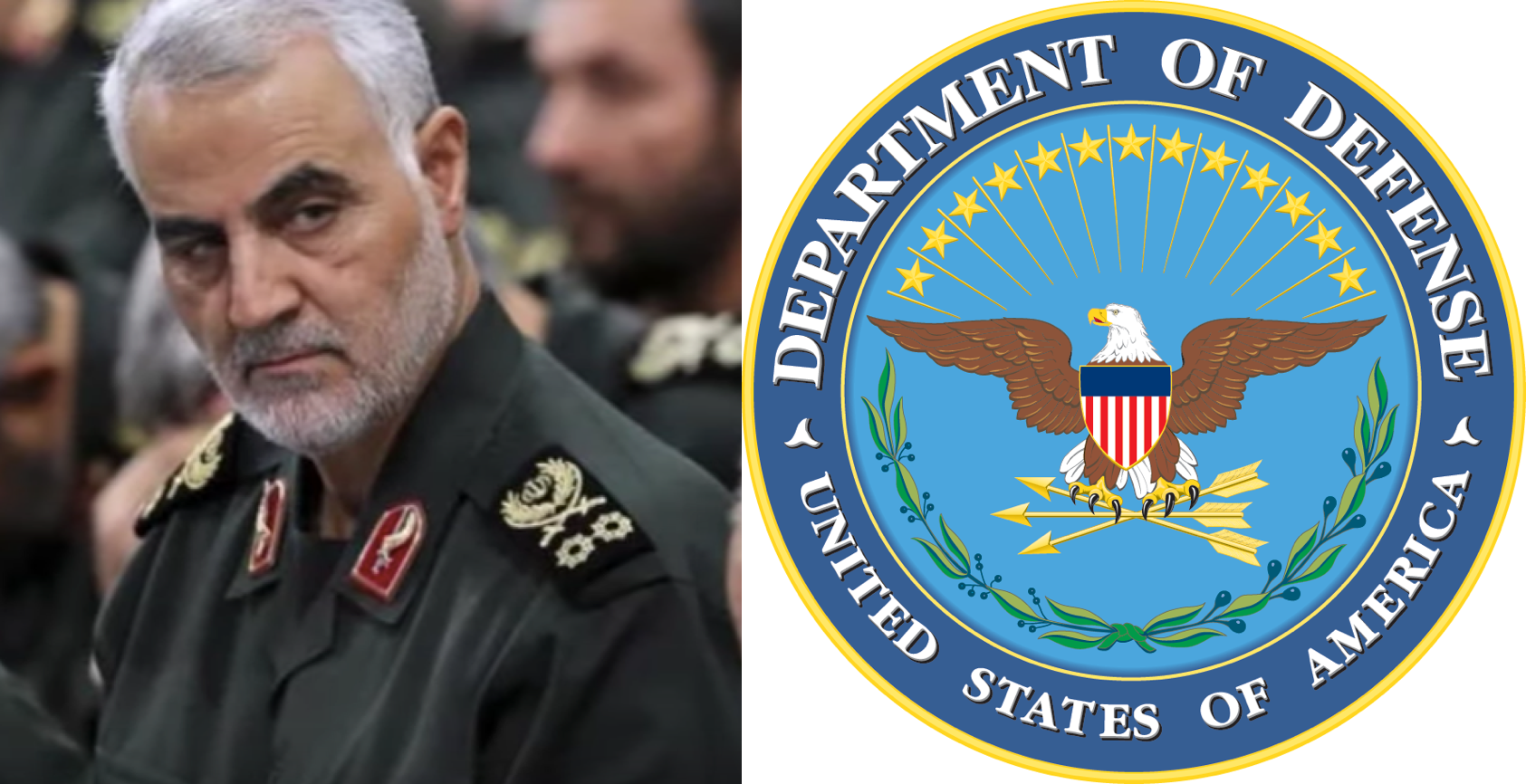The New York Times (NYT) and other international media outlets reported that senior Iranian general Qassim Soleimani was killed in a drone strike outside Baghdad International Airport in Iraq, early Friday morning, Jan. 3 (Singapore time).
According to the NYT, Soleimani's death was confirmed by "official Iranian media".
Official statement by the U.S. Department of Defense
The White House had no comment, but ABC News quoted an official statement released by the Pentagon, which confirmed that the U.S. was responsible for the attack:
"At the direction of the President, the U.S. military has taken decisive defensive action to protect U.S. personnel abroad by killing Qasem Soleimani, the head of the Iranian Revolutionary Guard Corps-Quds Force, a U.S.-designated Foreign Terrorist Organization.
General Soleimani was actively developing plans to attack American diplomats and service members in Iraq and throughout the region. General Soleimani and his Quds Force were responsible for the deaths of hundreds of American and coalition service members and the wounding of thousands more.
He had orchestrated attacks on coalition bases in Iraq over the last several months - including the attack on December 27th - culminating in the death and wounding of additional American and Iraqi personnel. General Soleimani also approved the attacks on the U.S. Embassy in Baghdad that took place this week.
This strike was aimed at deterring future Iranian attack plans. The United States will continue to take all necessary action to protect our people and our interests wherever they are around the world."
Who was General Soleimani?
Soleimani was the commander of the Quds Force, an elite unit within Iran's Revolutionary Guards Corps, a branch of the Iranian armed forces.
The Quds Force is responsible for clandestine operations, unconventional warfare, and intelligence activities.
Soleimani was reportedly involved in Iranian military activity in Syria, where he advised forces loyal to President Bashar al-Assad and also in Iraq, supporting Shia militiamen who fought the Islamic State (ISIS), according to the BBC.
Soleimani was also seen as having close relations with Iran's Supreme Leader, Ayatollah Ali Khamenei, and was touted as a potential future leader of the country, according to NYT.
In April 2019, U.S. Secretary of State Mike Pompeo announced that America was designating the Revolutionary Guards, including the Quds Force, as a terrorist organisation.
Why now?
The U.S. held Soleimani responsible for the deaths of American servicemen during the Iraq War, and Iran, in general, for recent attacks on U.S. targets in Iraq.
On Dec. 27, 2019, a rocket attack on a U.S. base in Kirkuk, Iraq killed one U.S. civilian and wounded several other U.S. and Iraqi military personnel, according to CNN.
On Jan. 1, the U.S. Embassy in Baghdad was attacked by a group of protesters angered by the retaliatory air strike for the rocket attack, according to the BBC.
What's next?
Iran's Foreign Minister, Javad Zarif, called the attack an "extremely dangerous" and "foolish escalation".
The US' act of international terrorism, targeting & assassinating General Soleimani—THE most effective force fighting Daesh (ISIS), Al Nusrah, Al Qaeda et al—is extremely dangerous & a foolish escalation.
— Javad Zarif (@JZarif) January 3, 2020
The US bears responsibility for all consequences of its rogue adventurism.
According to Norman Roule, a former CIA official quoted by NPR, the U.S. can expect a strong response from Iran to the attack:
"You can expect seismic waves to go through the Shia communities of Lebanon, Iraq and Iran. You can expect that the Iranians and the Iraqi militia groups will certainly seek some sort of retribution."
Reuters reported that Khamenei has announced three days of mourning.
U.S. President Donald Trump, who was impeached by the House of Representatives in December 2019, tweeted a picture of the American flag earlier this morning.
— Donald J. Trump (@realDonaldTrump) January 3, 2020
Top image from TheekToBana on YouTube and Department of Defense Facebook.
If you like what you read, follow us on Facebook, Instagram, Twitter and Telegram to get the latest updates.
